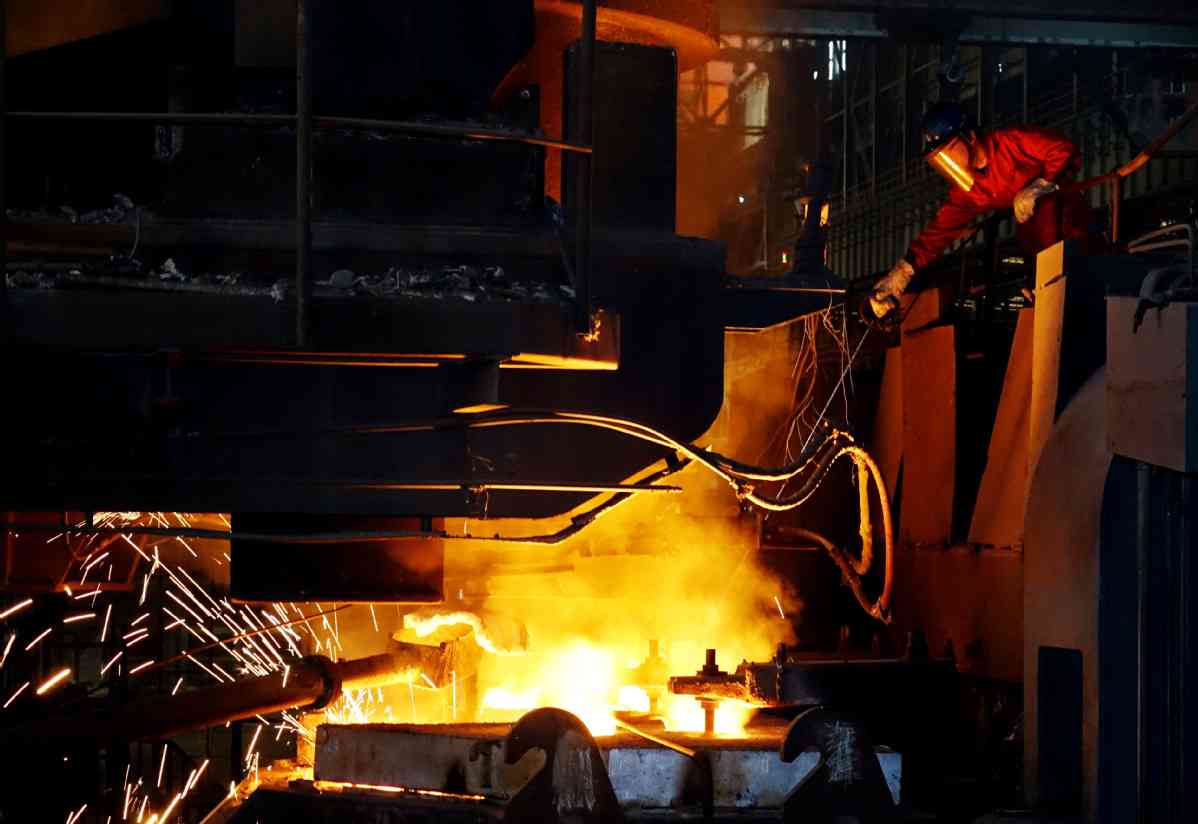
A CHINESE firm, constructing what Zimbabwe has touted as Africa’s biggest still operation near Mvuma, said this week it will fire off its furnace in December, as the US$1,5 billion project moves close to 80% completion.
Benson Xu, chief executive officer at Dinson Iron and Steel Company (Disco), told the Zimbabwe Independent that he was confident the country would make significant cutbacks in steel imports, saving foreign currency, once the Manhize plant comes online.
Construction of the steel plant began last year.
“We are at the final stage of commissioning the plant,” Xu said.
“Our target is December this year. We are going to open the blast furnace. By opening the furnace, we are going to have pig iron, our product.
“In March next year, we are going to open the steel mill. In June or July next year, we will have steel from Manhize. Zimbabwe will no longer need to import. We will have enough to meet the local demand,” he said.
Last year, the firm inked a deal with power utility, Zesa Holdings, to construct a 100 kilometre powerline linking the operation to the national grid.
This week, Xu said work on the powerline was still at preliminary stage.
- Chinese man gets 20 years in Rwanda for whipping a local man
- In Conversation with Trevor: ICT guru Stafford Masie speaks out
- In Conversation with Trevor: ICT guru Stafford Masie speaks out
- Africa’s ‘largest’ ferrochrome plant takes shape
Keep Reading
“The powerline is at early stage. We have temporary power solutions, which can help us energise the plant,” he noted.
“For our project expansion, definitely, we need to have a distribution line. So we are working closely with Zesa to implement the project together.”
Reports early this year indicated that authorities had reached out to Mozambique’s Mphanda Nkuwa hydroelectric power project to secure exclusive power imports for the five million tonnes-a-year steel and ferrochrome operation.
In an interview with the Independent earlier this year, a Disco official said if the power import deals, which are being spearheaded by national power utility, Zesa Holdings, are successful, dedicated power would be routed from Mphanda Nkuwa hydroelectric power station in Mozambique’s Tete province exclusively for the project.
“Zesa promised us that they will provide enough electricity,” Wilfred Motsi, project manager at Disco, said when asked how the project would be powered, given the electricity shortages confronting Zimbabwe.
“We will get enough electricity to power the plant. In the first phase, the plant will require 100MW, and at full throttle we will require a total of 800MW.”
The Mphanda Nkuwa power facility is on the Zambezi River, about 60 kilometres downstream of the existing Cahora Bassa Dam near Tete, which also occasionally exports power to Zimbabwe.
The firm will shell out about US$4,5 billion to complete the facility, which is expected to reach financial close at the end of next year, before commissioning in 2031, according to the African Development Bank, which became advisor last May.
With most of Southern African economies battling to generate their own power, Mozambique appears to be positioning itself to bridge the gaps by building facilities reaching out to most of the affected countries including Zimbabwe.










